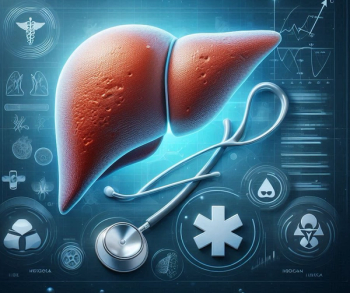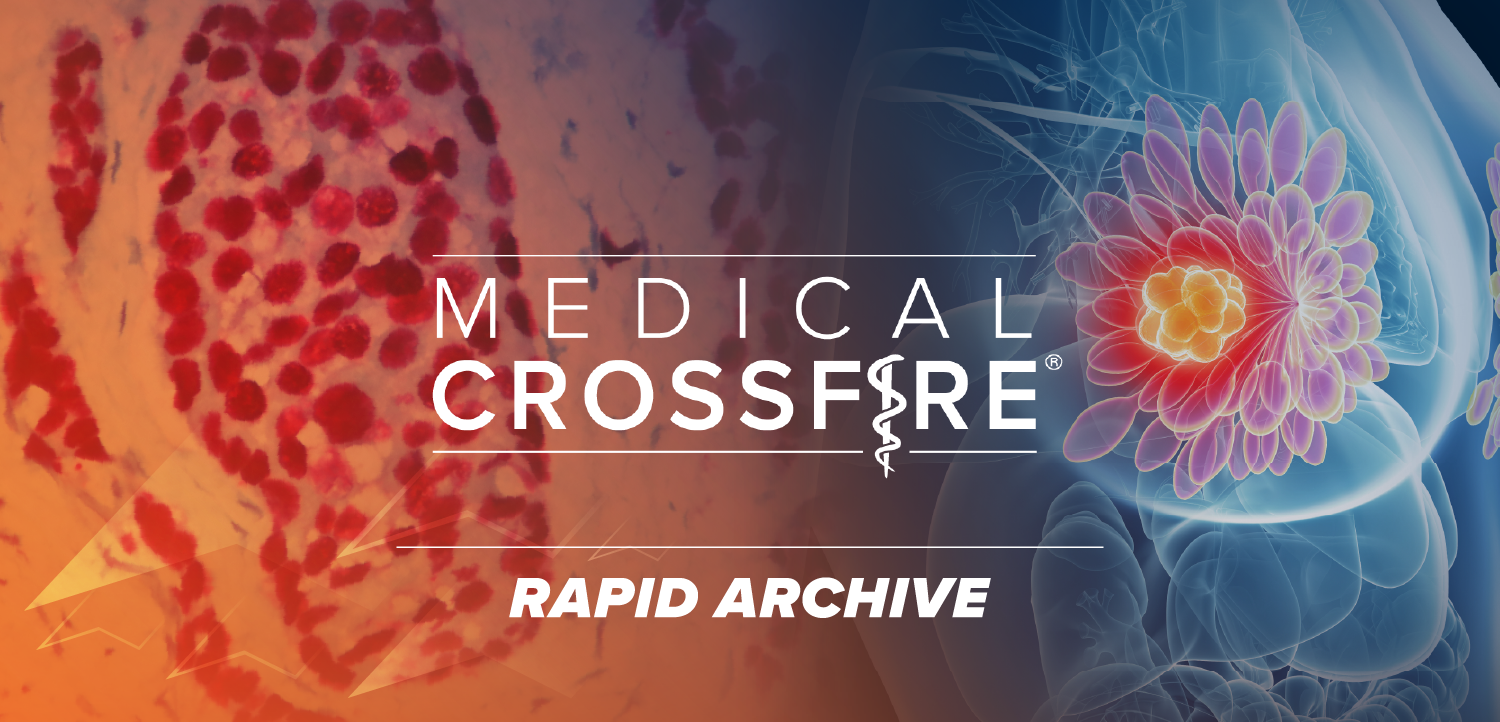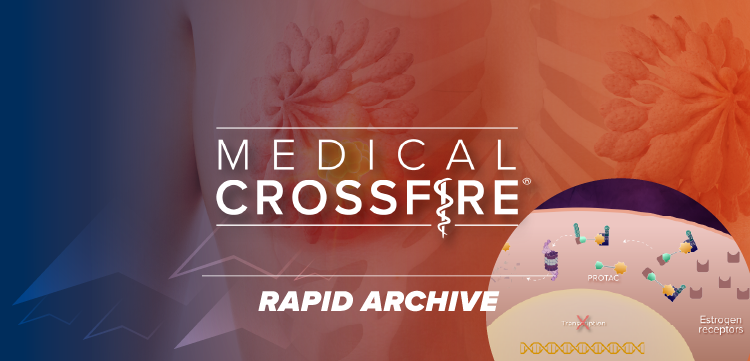A recent study of the highly pathogenic avian influenza A(H5N1) virus isolated from a dairy farm worker in Michigan has revealed concerning findings about its transmission capabilities. The virus, A/Michigan/90/2024 (MI90), was shown to transmit via airborne particles in a controlled ferret model and cause moderate disease, suggesting a possible shift in the virus’s capacity to infect humans and spread in mammalian populations. These results, published in Emerging Infectious Diseases, underscore the growing concerns about the virus’s potential to cause a future pandemic.1
The Michigan dairy farm worker, who was diagnosed with conjunctivitis following exposure to infected animals, is part of a larger multistate outbreak of H5N1 that has been impacting US dairy cattle since 2024.1 As of May 6, 2025, the CDC has reported 70 confirmed and probable human cases of H5N1 in the U.S. since 2024, with 41 of those linked to dairy cattle and 24 to poultry operations. Also, there was a first US death associated with H5N1 occurred in Louisiana. Despite these human infections, no evidence of sustained human-to-human transmission exists.2
In a controlled study, ferrets were inoculated with the MI90 virus to evaluate its ability to transmit through direct contact and respiratory droplets. All 18 infected ferrets survived the 21-day trial, although moderate illness was observed. Symptoms included a mean weight loss of 9.8 percent, transient fever (1.8°C above baseline), lethargy, and respiratory and ocular symptoms between days 4 and 9 post-infection. The highest virus titers were detected in the ethmoid turbinates (7.4 log10 PFU/mL), with limited brain and gastrointestinal tract detection.1
Transmission was confirmed in both contact models:1
- Direct Contact Group: All 6 naive ferrets shed the virus and seroconverted, demonstrating a 100 percent transmission rate.
- Respiratory Droplet Group: 3 out of 6 naive ferrets shed the virus (peak 2.6 to 4.8 log10 PFU/mL) between days 9 and 11 post-contact, confirming a 50 percent airborne transmission rate.
Airborne virus sampling indicated that ferrets infected with MI90 released infectious particles, peaking at day 3 with up to 133 PFU/hour detected by cyclone-based aerosol samplers. These findings suggest that the virus is capable of transmitting via respiratory droplets, further raising concerns about its potential for wider spread.1
When compared to a genetically distinct H5N1 virus isolated from a dairy worker in Texas, the MI90 strain demonstrated reduced virulence. The Texas virus contains the E627K mutation in the PB2 protein, which is associated with enhanced mammalian adaptation. MI90 encodes 627E and carries the M631L mutation, also linked to adaptation in mammals. Despite these genetic differences, both strains transmitted efficiently in ferrets and produced detectable airborne virus.1
What You Need To Know
A study of H5N1 isolated from a Michigan dairy worker reveals the virus can transmit through airborne particles in ferrets, raising concerns about its human infection potential.
While no sustained human-to-human transmission has been observed, the CDC continues to monitor a growing multistate outbreak affecting dairy cattle, poultry, and wild birds.
Despite lower virulence compared to a Texas strain, both the Michigan and Texas H5N1 viruses exhibit efficient transmission in animals, underscoring the need for ongoing surveillance and risk assessment.
The CDC continues to closely monitor the outbreak through its national influenza surveillance systems, which have tested over 186,000 specimens without detecting unusual flu activity. More than 16,600 individuals exposed to infected animals have been monitored, and targeted surveillance has identified 64 positive cases.2
The CDC’s latest update highlights ongoing widespread animal infections. Over 1,000 dairy herds in 17 states, nearly 13,000 wild birds, and over 169 million poultry have been affected by H5N1. Health officials urge continued vigilance, especially in agricultural settings, as these viruses continue to evolve and adapt.2
Pandemic Potential Assessment
In a separate assessment using the Influenza Risk Assessment Tool (IRAT), the CDC evaluated two avian influenza A(H5N1) viruses, A/California/147/2024 and A/Washington/239/2024. The assessment found that both viruses posed a moderate public health risk due to their genetic characteristics, zoonotic potential, and limited but concerning spillover into humans. The IRAT results align with the recent Texas case report, reinforcing the need for continued surveillance, particularly in environments where animal-to-human transmission remains a concern.3
The findings from this study and the ongoing outbreak emphasize the importance of continued monitoring and risk assessment as H5N1 viruses evolve. While the current risk to humans remains low, these developments highlight the need for heightened awareness and preparedness in both agricultural and healthcare settings.
References
1. Brock N, Pulit-Penaloza JA, Belser JA, Pappas C, Sun X, Kieran TJ, et al. Avian influenza A(H5N1) isolated from dairy farm worker, Michigan. Emerg Infect Dis. 2025 June [date cited]. https://doi.org/10.3201/eid3106.250386
































































































































































































































































































































